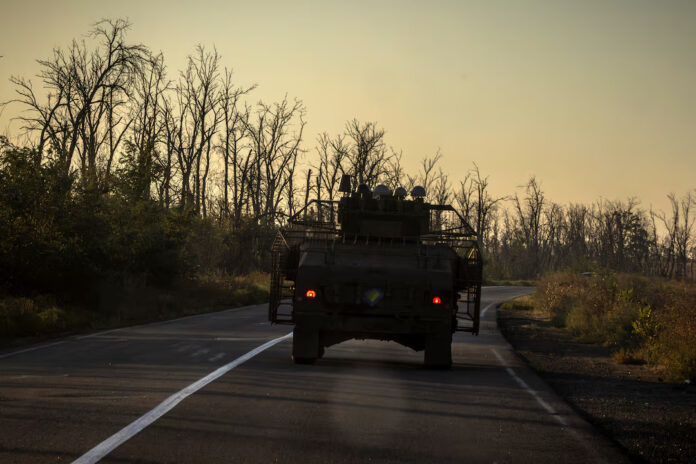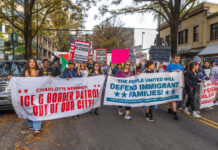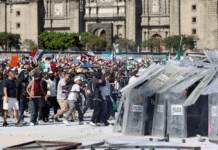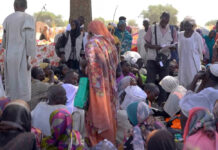
In the heart of Kramatorsk, one of Ukraine’s last major strongholds in Donetsk, daily life unfolds under the constant threat of Russian drones and artillery. The city, once home to nearly 200,000 people, now lives in a fragile rhythm of fear and defiance as Moscow’s forces grind closer.
Inside his newly opened clothing store, 29-year-old Maksym Lysenko pauses mid-sentence as the whine of a Russian suicide drone pierces the air. Seconds later, a blast shakes the street outside.
“Boom! This is Kramatorsk,” he says with a wry smile, refusing to abandon his shop where soldiers and civilians alike browse T-shirts bearing slogans of resistance.
Such attacks have become routine. Russian kamikaze and first-person view (FPV) drones hover across hundreds of kilometers of frontlines, striking cities, villages, and farms caught in a 25-km-wide belt of destruction.
In Kramatorsk and nearby Sloviansk, both still under Ukrainian control, residents endure almost daily bombardments.
Yet many refuse to leave. “All of the T-shirts have the message: we must be free from occupying forces. For us it is not just words, it is life,” Lysenko says. On the main square, shopkeepers sweep debris from drone strikes, and in San Remigio, a sports complex collapse killed locals playing basketball.
Despite heavy rains, blackouts, and water shortages, appeals for aid are met with resilience.
The defiance echoes across the region. Darka Harnyk, 25, returned from Kyiv to revisit the community center where she once volunteered. “As soon as I got off the train you could hear explosions. It’s a new reality,” she said.
Farmer Serhii Kurinnyi, who manages land west of Kramatorsk, fears giving up Donbas would only embolden Moscow. “If we concede, they will demand Kharkiv, Zaporizhzhia, Odesa, and more,” he warned.
Opinion polls show most Ukrainians share that conviction. A September survey found 75% reject any peace deal involving territorial concessions, though fewer believe the war will end soon.
President Volodymyr Zelenskyy insists on a ceasefire with international guarantees, while Russian President Vladimir Putin demands full control of Donbas. The gulf between the two sides remains vast.
Meanwhile, drone warfare has escalated risks for both soldiers and civilians. Roads in and out of the cities are increasingly unsafe, with hand-painted warnings of FPV drones and military vehicles outfitted with nets, cages, and jamming devices. Logistics are strained, and checkpoints now bristle with anti-drone defenses.
Despite the danger, the sight of shops open, buses running, and flowers laid at memorials sustains hope.
“This ability to stay calm in a critical situation is a very strong and positive fact,” Harnyk reflected. “Kramatorsk is still here, still striving to keep going. It’s truly incredible.”
Source: Reuters


















